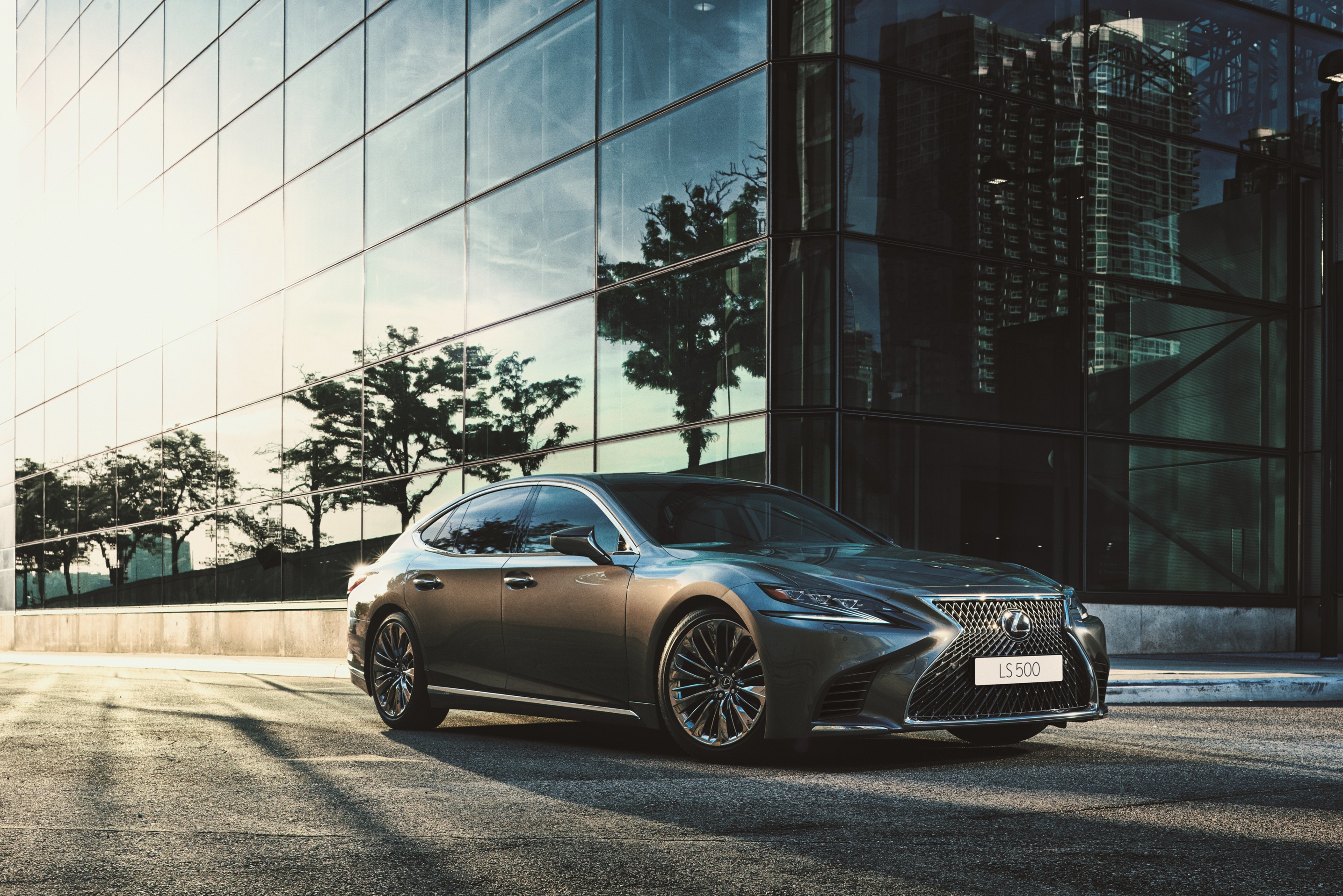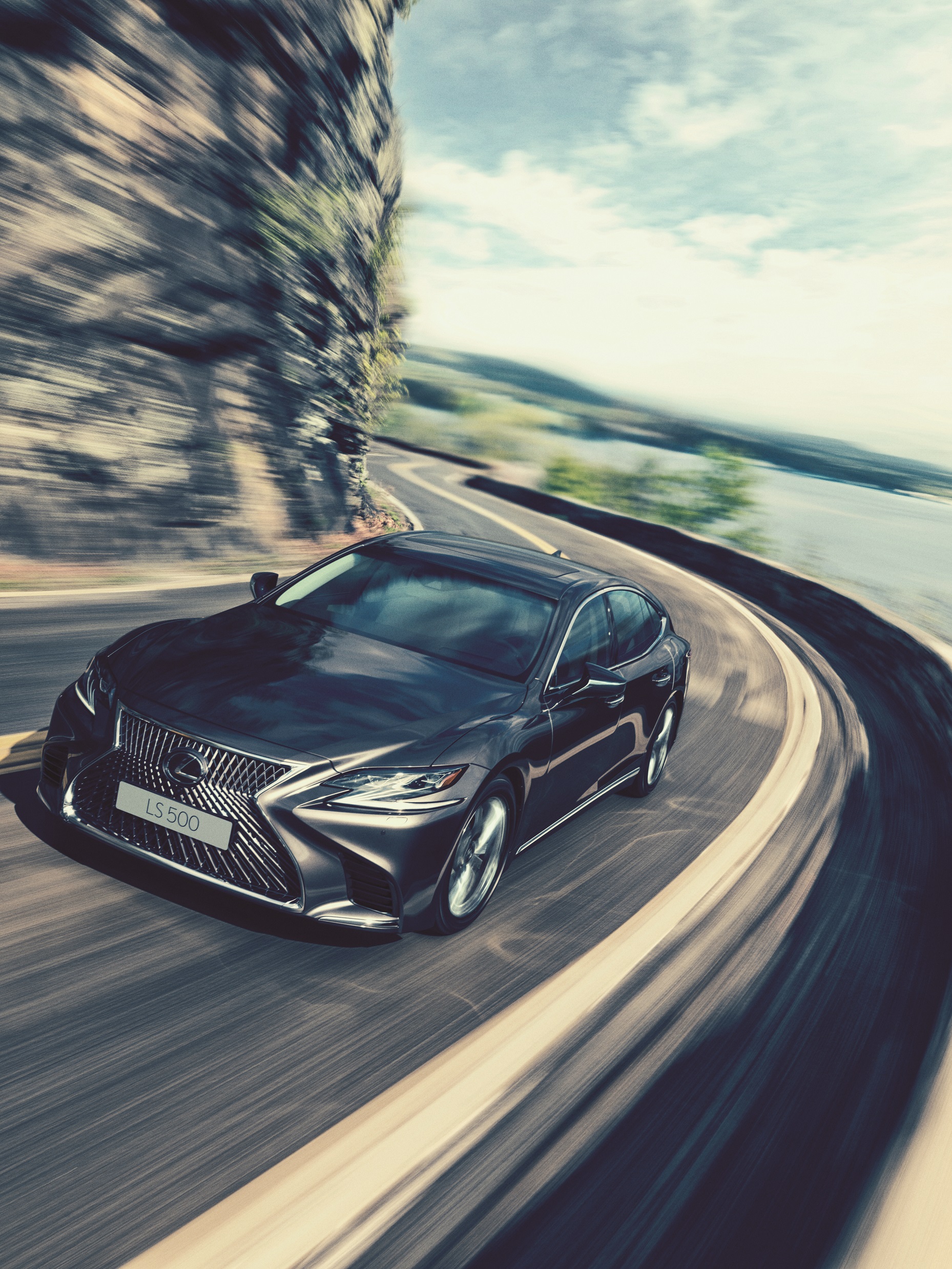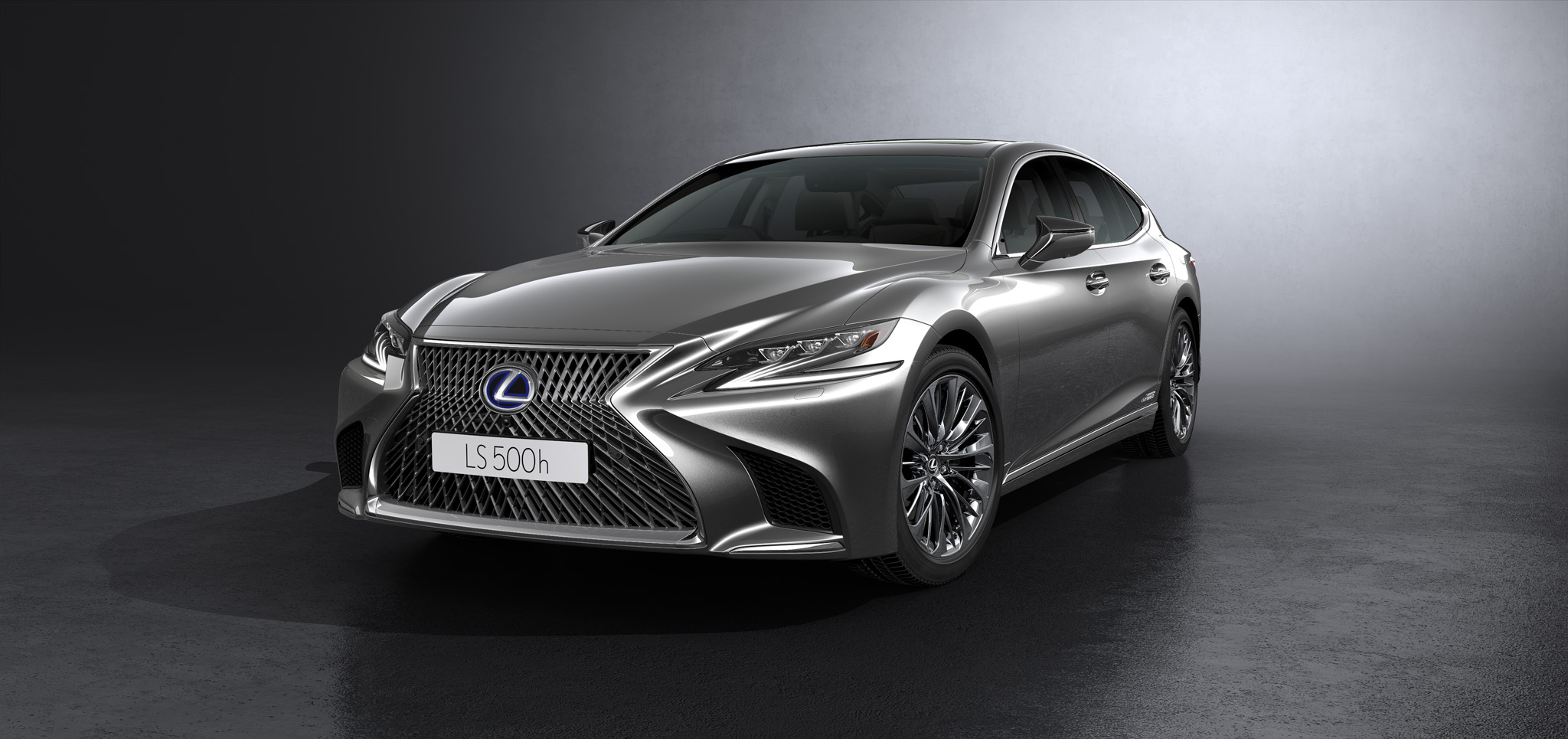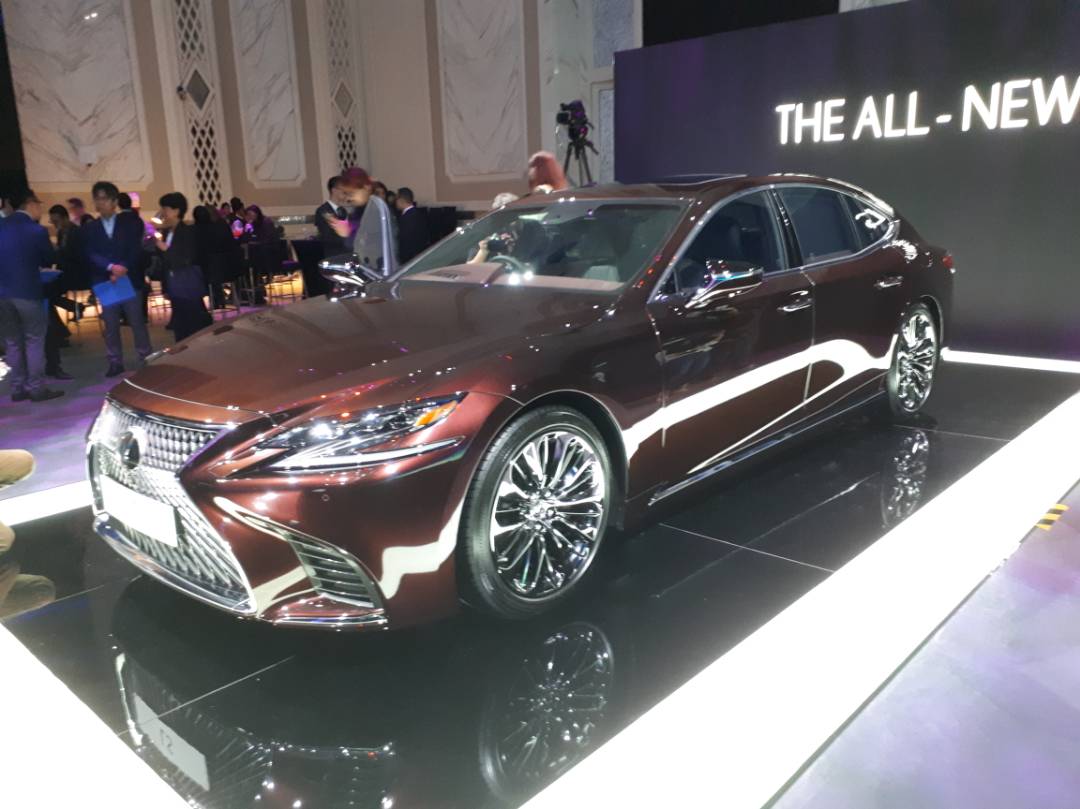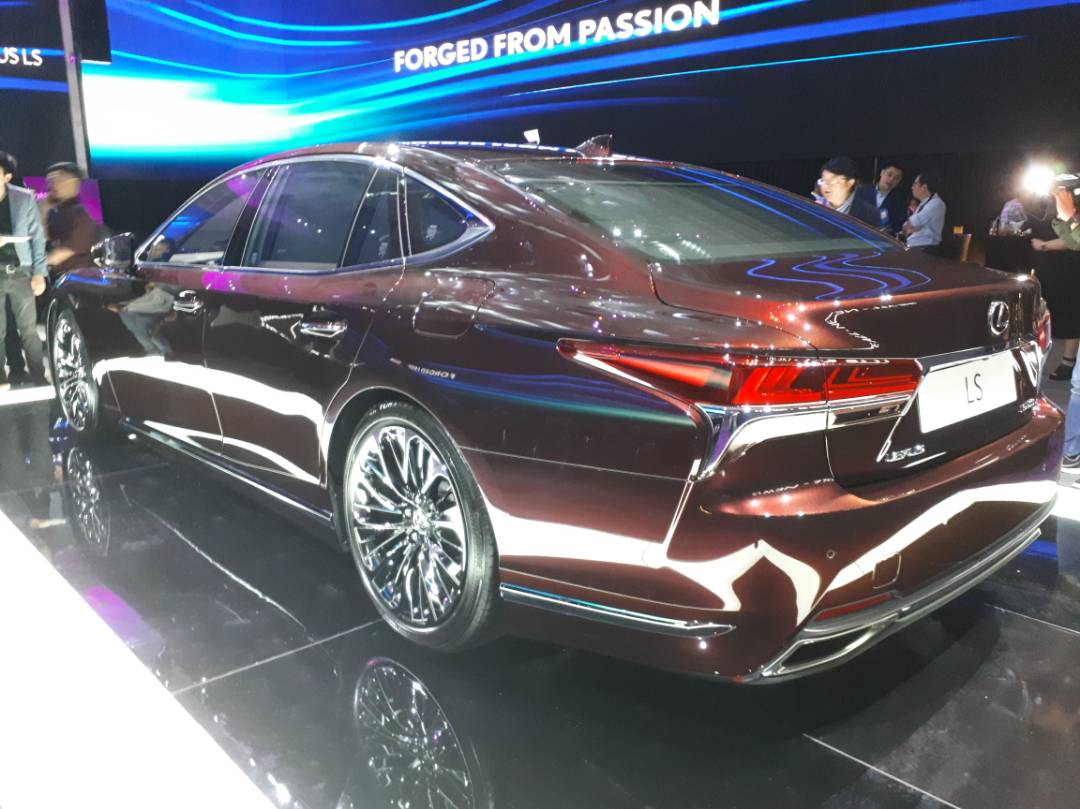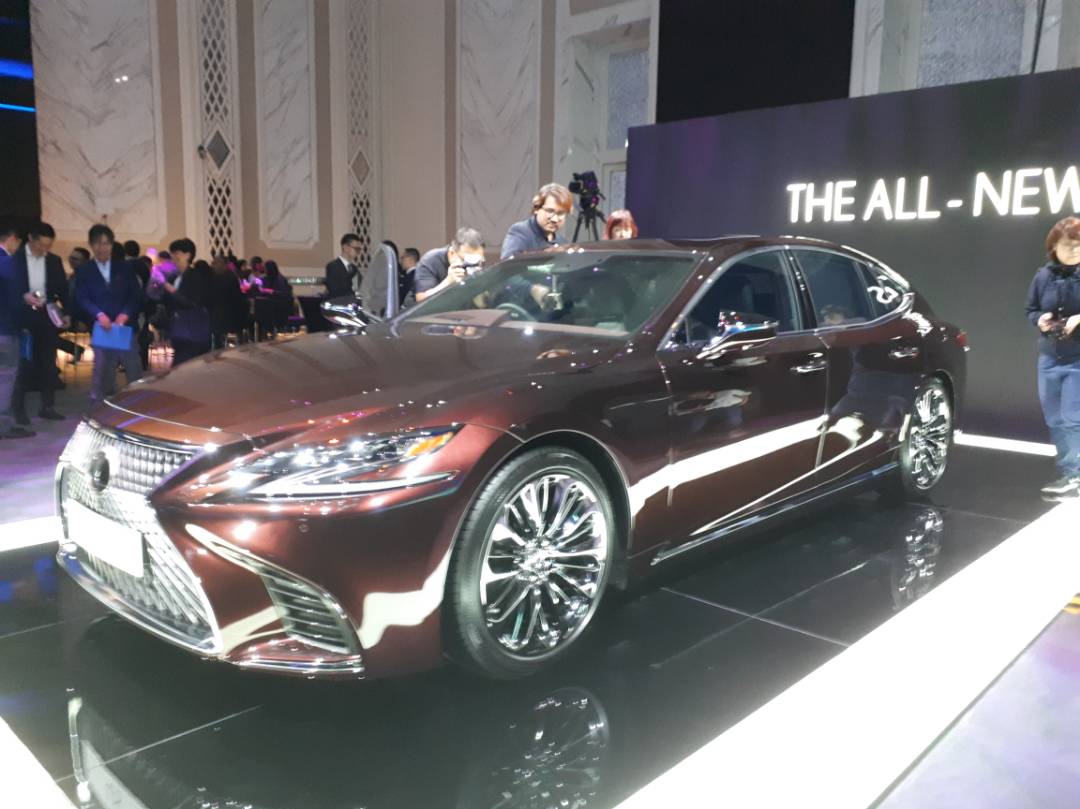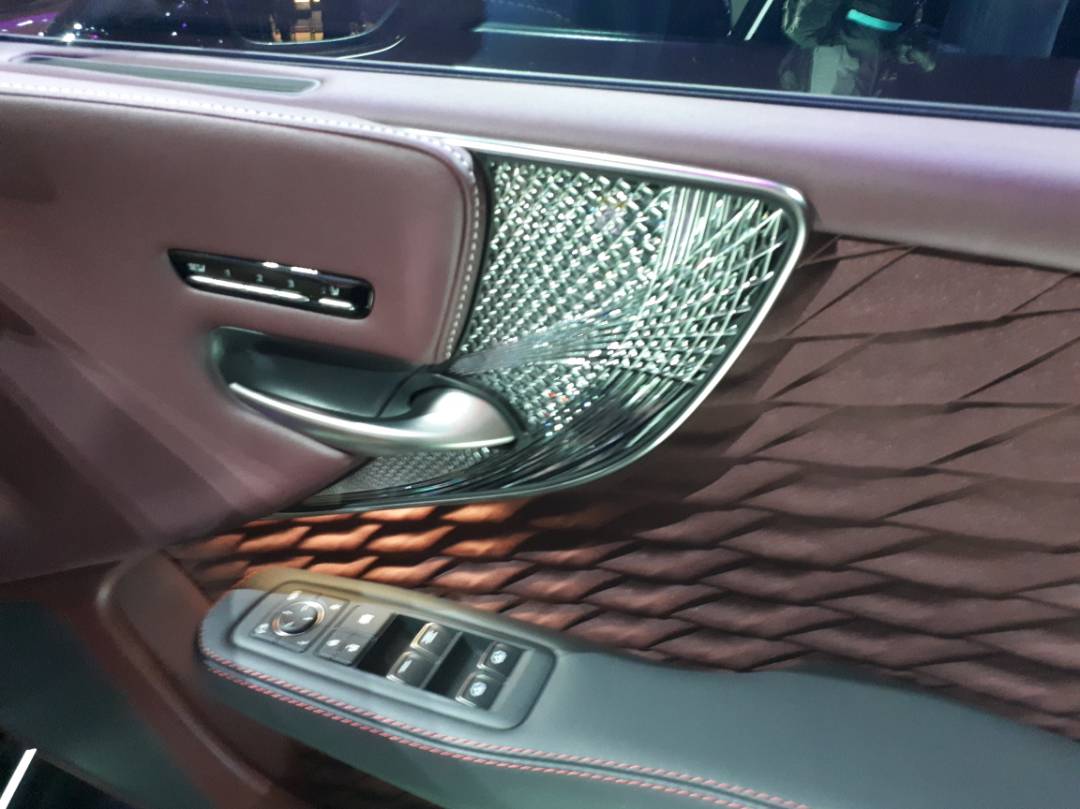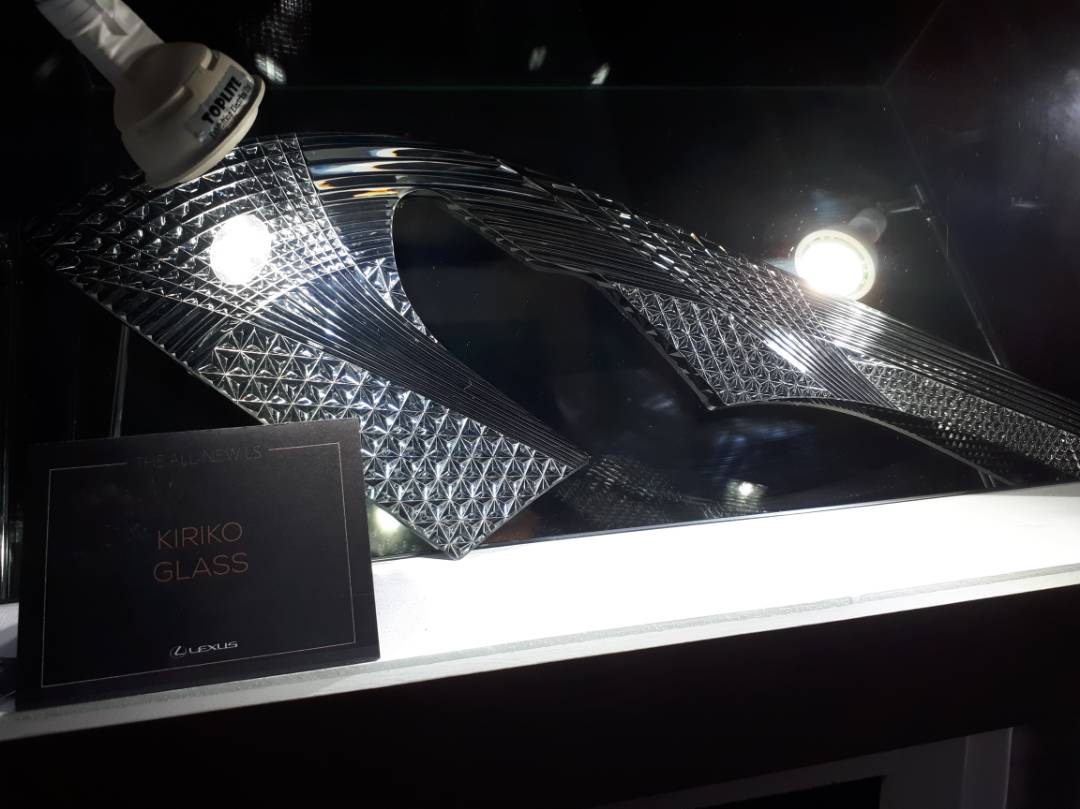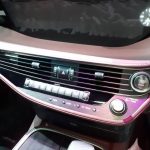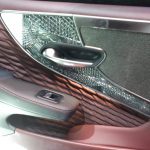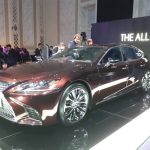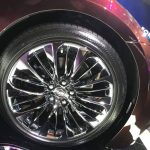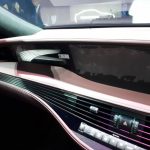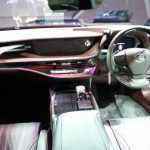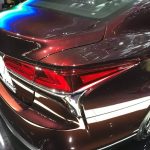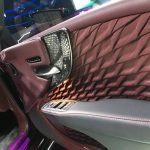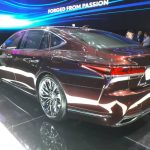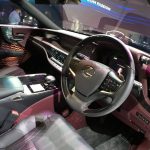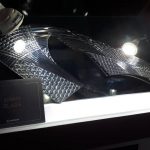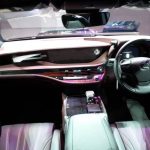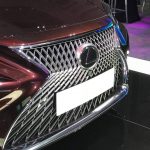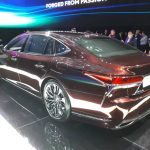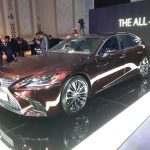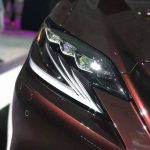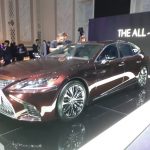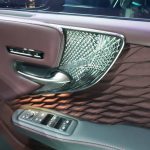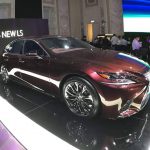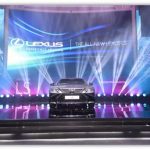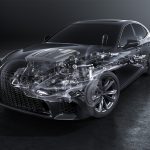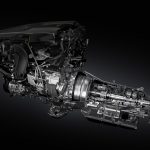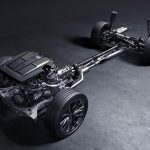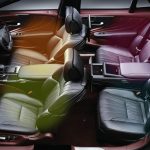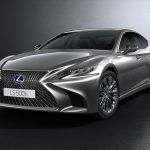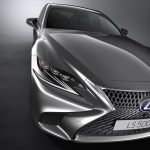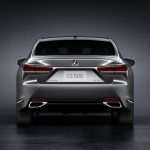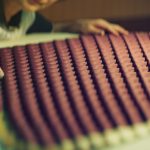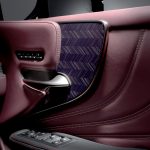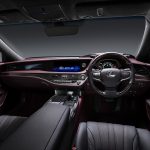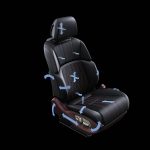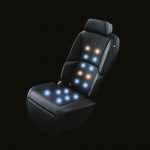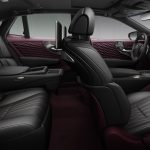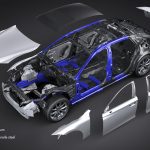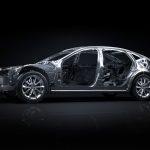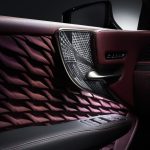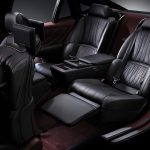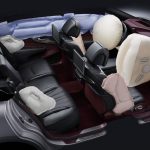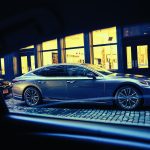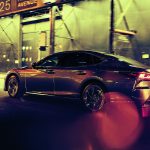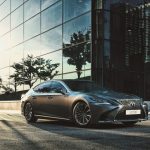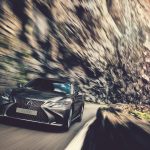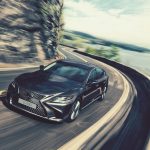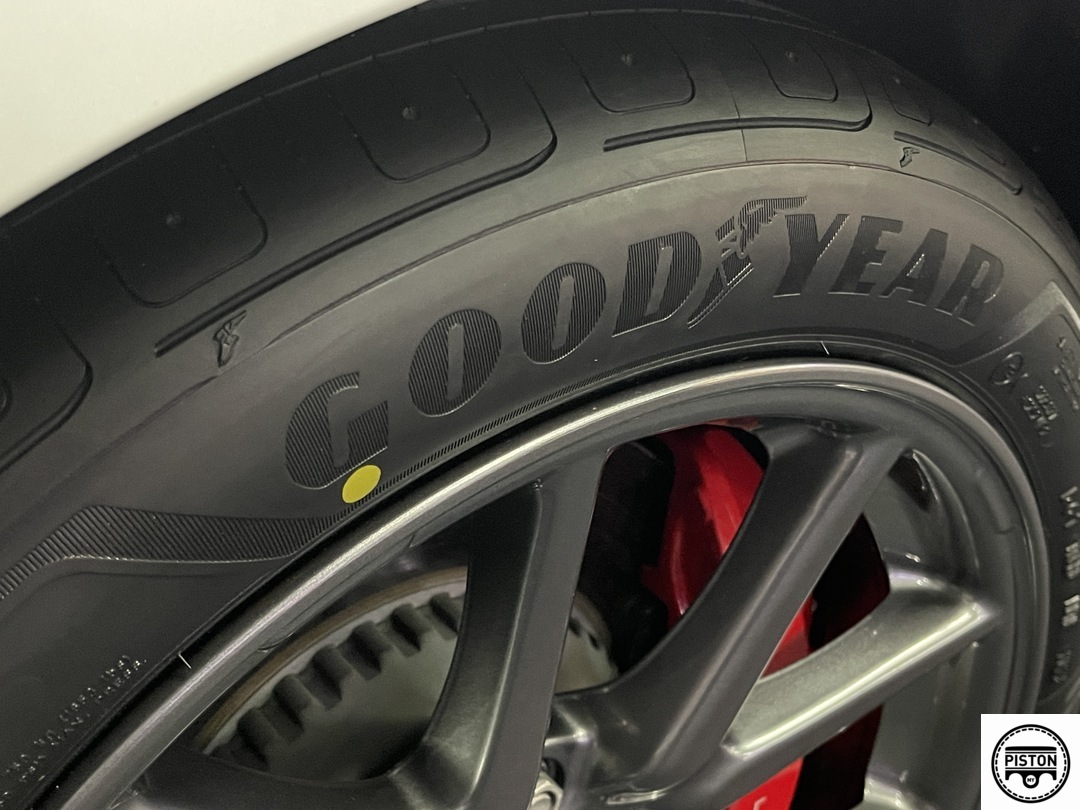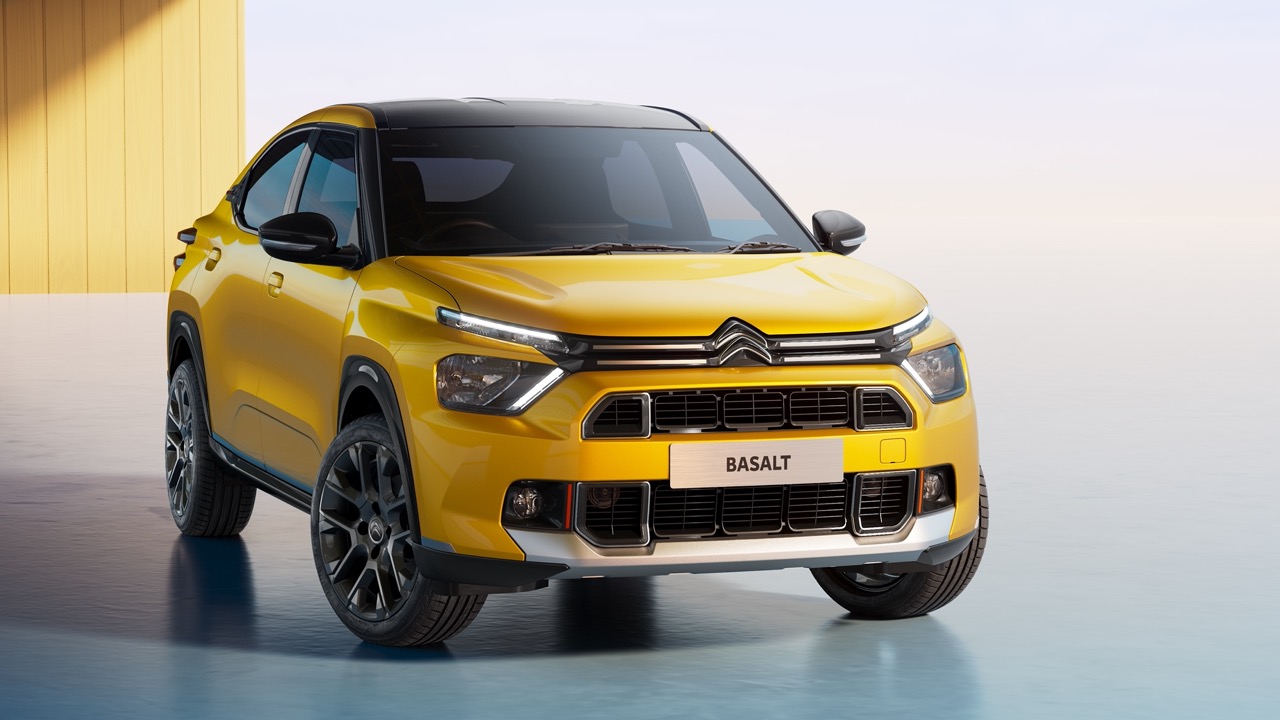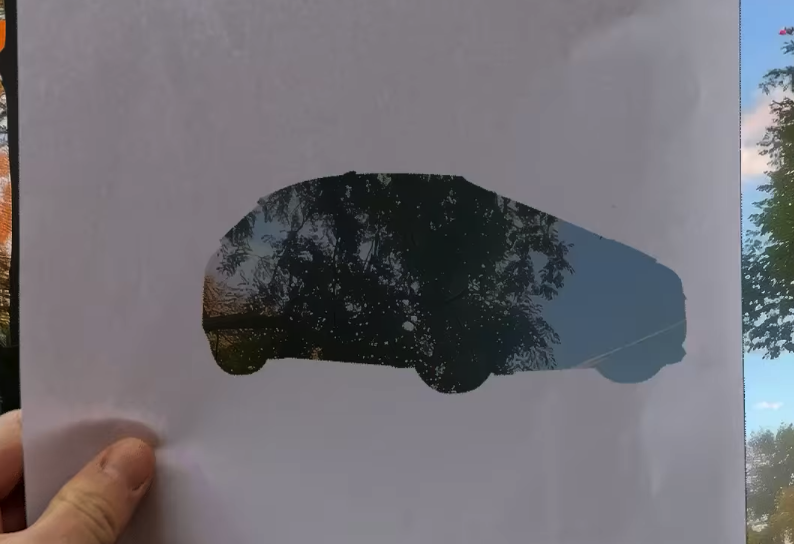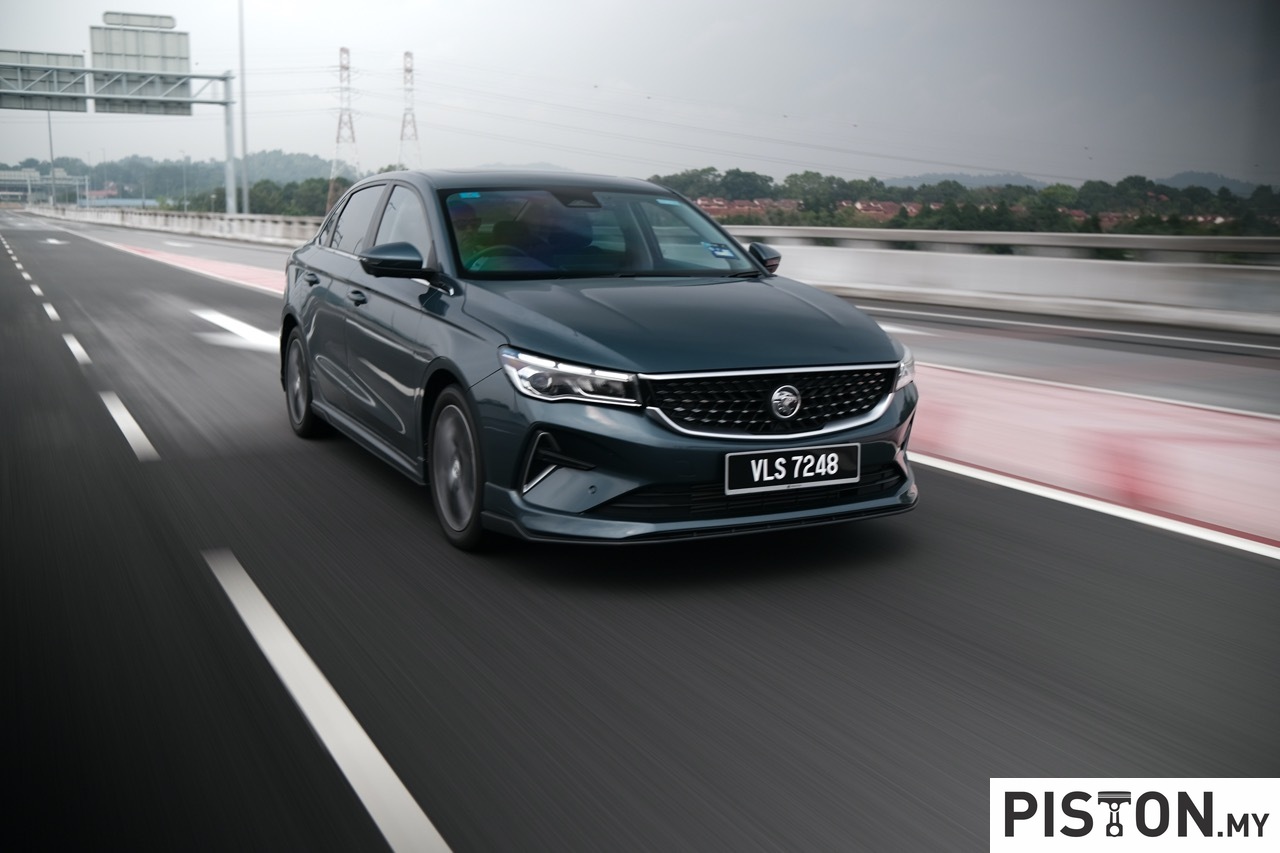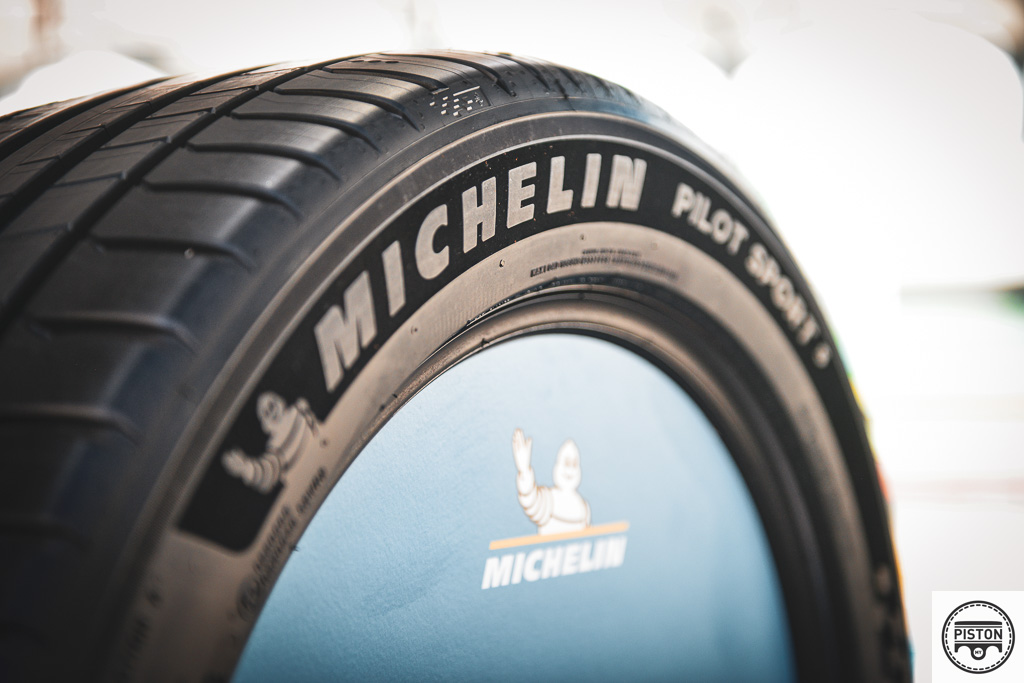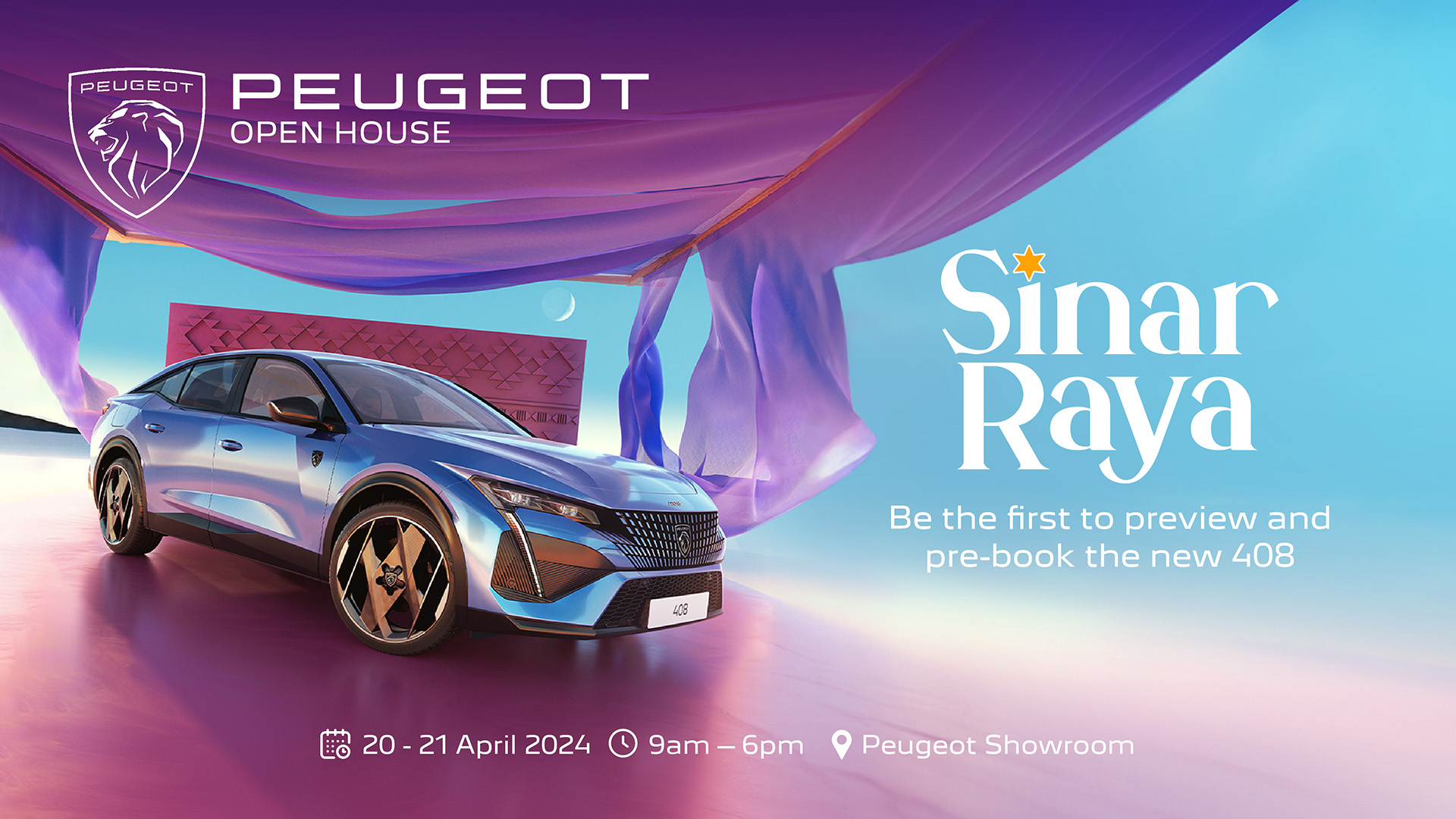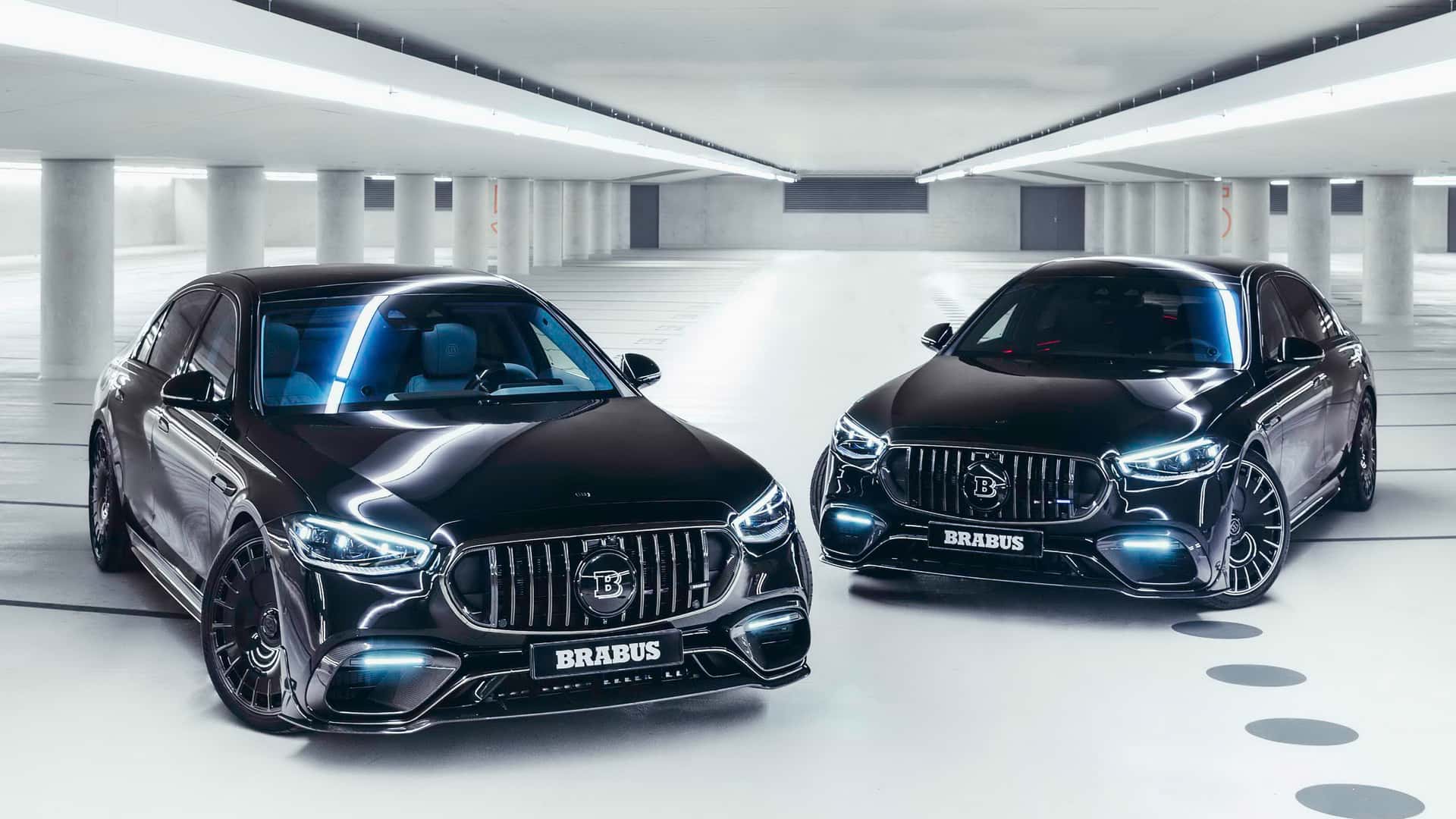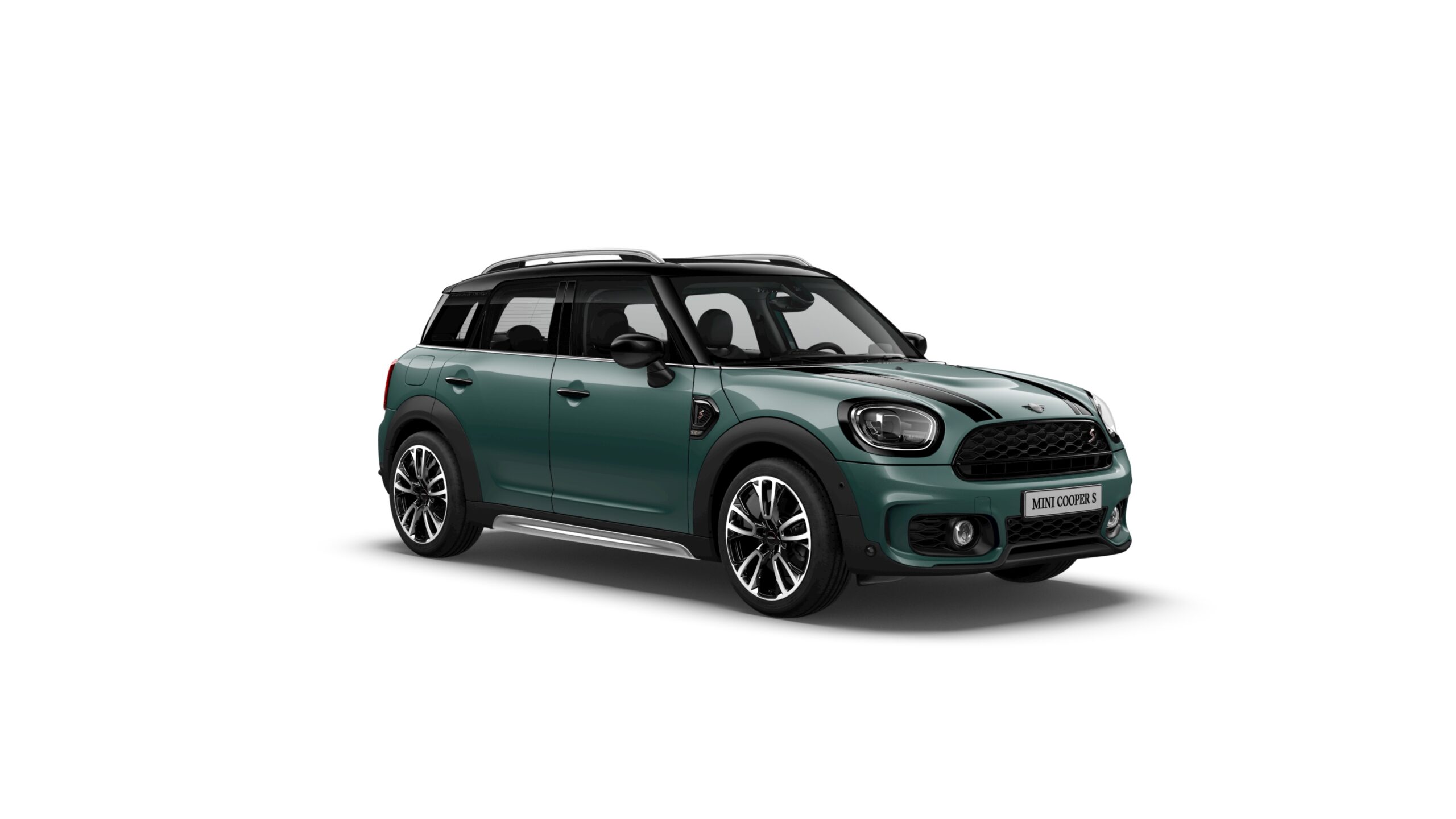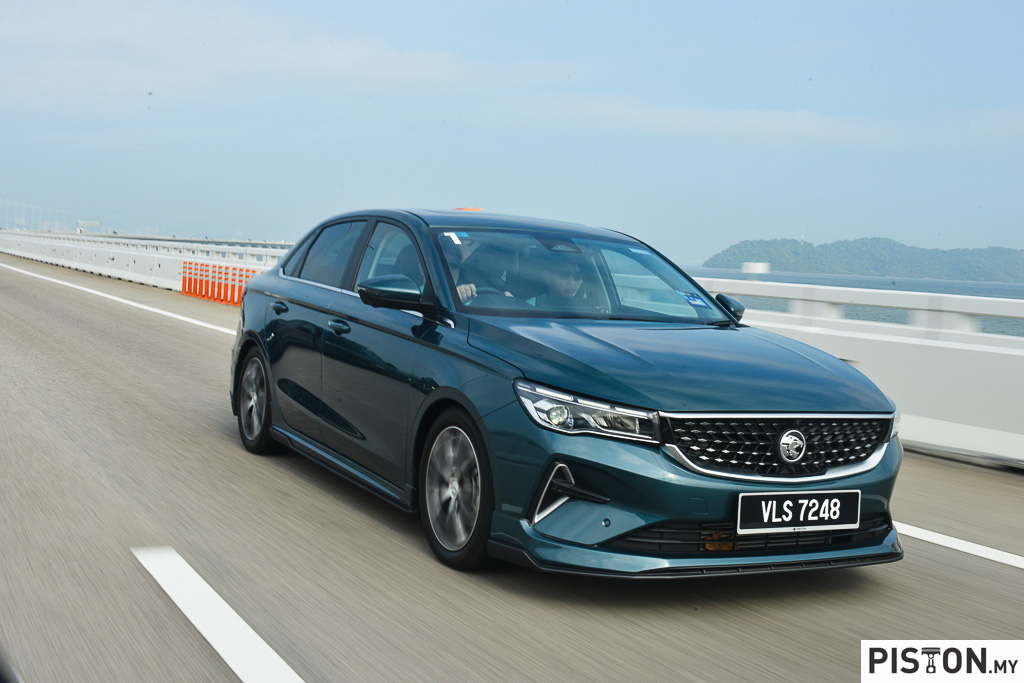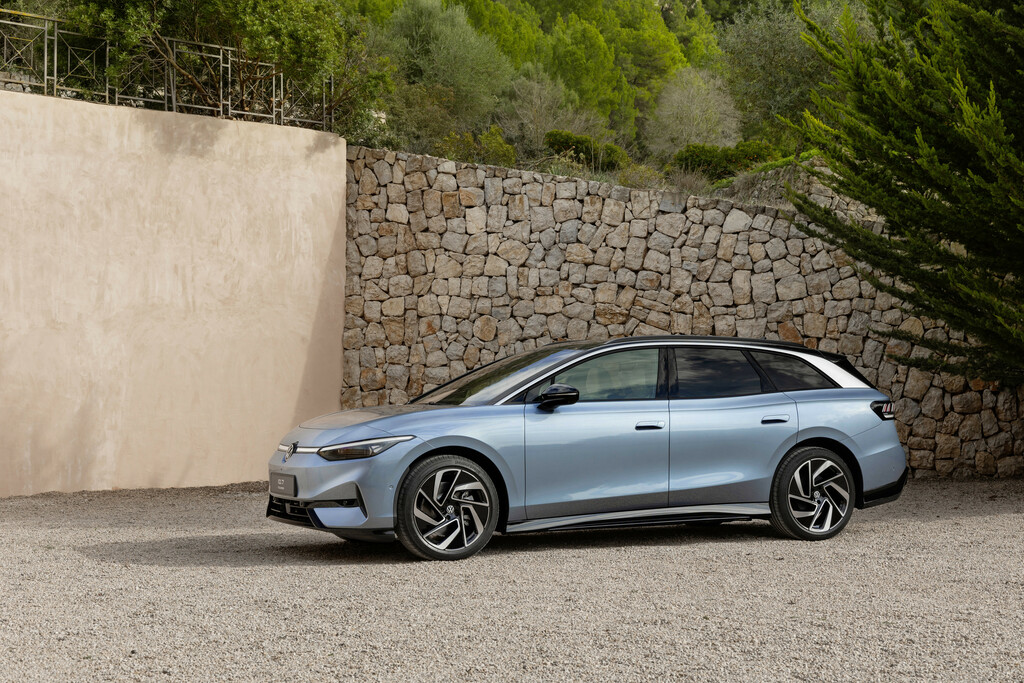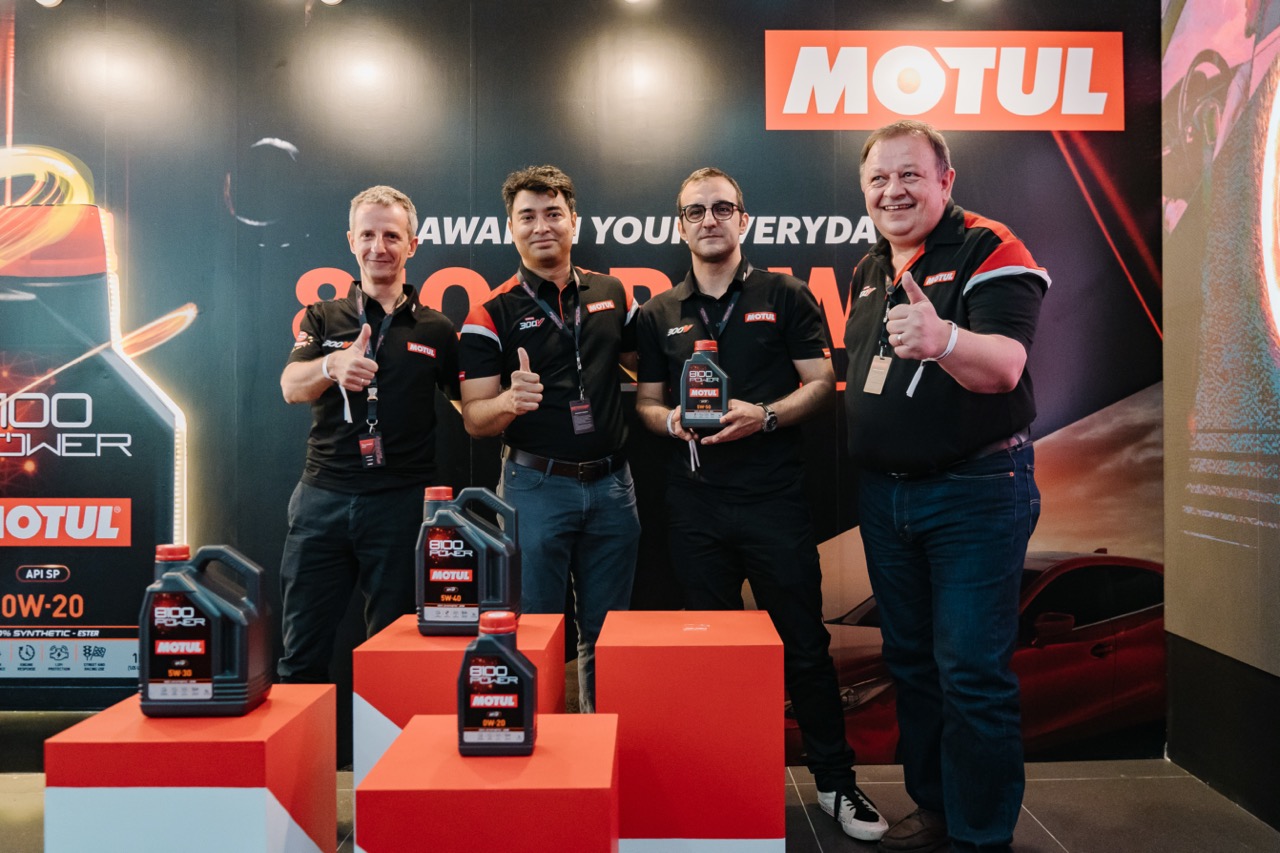The Lexus LS was the first model introduced by the new premium brand in 1989, aimed squarely at taking on the German luxury car market, particularly the Mercedes-Benz W126, then dubbed ‘The Best Car In The World’. As the flagship of the Lexus range, the LS has always been a technological leader as well as setting and raising benchmarks in its class. Craftsmanship and refinement have been hallmarks of the LS as well as other Lexus models, complemented by the renown ‘Lexus Experience’ offered to owners and would-be owners…
Every Lexus LS is produced at the Lexus factory in Tahara, Japan, by only the most skilled personnel. Since 1989, four generations of the LS have been introduced; each designed to exceed the expectations of customers. Here’s the 360-degree walk-around video of the new LS during the launch recently:
Although initially developed with the American market in mind, the LS has since become a global model sold in 90 countries.
The fifth and latest generation was introduced at the 2017 North American International Auto Show, after having been ‘previewed’ as the LF-FC concept two years earlier. The new model was developed with the objective of exceeding expectations by delivering a new level of flagship luxury in every aspect. To achieve this, the Lexus team started totally from scratch by re-imagining what a flagship sedan should be, as if launching the brand all over again. See what that means from this video by EVO Aurizn…
Like the LC 500 coupe, the latest LS sits on the GA-L (Global Architecture―Luxury) platform which will be used for all rear-wheel drive models in coming years. The GA-L platform is the stiffest in Lexus history, setting the stage for enhanced handling, ride smoothness and cabin quietness.
For the Malaysian market, three variants of the LS are available – the LS 500 Luxury, LS 500 Executive and LS 500h Executive with a Lexus Hybrid Drive, and prices start at RM799,000. Customers have a choice of up to 11 exterior colours and 6 interior colours/trims (depending on variant).
This generation of the LS sees an all-new twin-turbo 3.5-litre V6 engine specifically developed for the model. This engine has an undersquare design for improved thermal efficiency coupled with twin turbochargers, and has benefitted from the company’s technology developed for F1 racing. This new LS engine is indicative of the more dynamic approach being taken by Lexus, offering V8-level power in a more compact package with efficiency and refinement.
The new LS engine offers the output one would expect in a flagship sedan: 310 kW/415 hp with 600 Nm of torque, significantly higher than the previous naturally aspirated 4.6-litre V8 engine, mated to a 10-speed auto transmission,.
The engine’s long stroke, optimized bore-to-stroke ratio, increased valve angle, straight intake ports and laser-clad intake valve seats developed using performance simulations based on F1 technology combine to yield world top-level high-speed combustion technology and thermal efficiency. The twin turbochargers were designed and produced in-house to control tolerances and quality.
Of particular noteworthy mention are the cost-option “Kiriko” Glass door-panel inserts. Only a handful are crafted each month and four panels replete with hand-woven fabric inserts will set you back almost RM100,000. No, that’s not a typo.
For the FULL details on the new Lexus LS 500 click this: PRODUCT INFORMATION – Lexus LS500 (Word)
For the FULL Lexus LS brochure in PDF, click here: LS 500 FMC E-Brochure-ALL-FA
Lexus LS 500 Photo Gallery… (some additional launch photos by Fairuz “Subsy” Tiberius)


